Wacker Neuson is driving electrification on the construction site - with a now greatly expanded e-portfolio that demonstrates both technical maturity and practicality. The company relies on integrated solutions with the open battery standard Battery One to offer users greater efficiency, flexibility and health protection.
Wacker Neuson is driving electrification on the construction site - with a now greatly expanded e-portfolio that demonstrates both technical maturity and practicality. The company relies on integrated solutions with the open battery standard Battery One to offer users greater efficiency, flexibility and health protection.
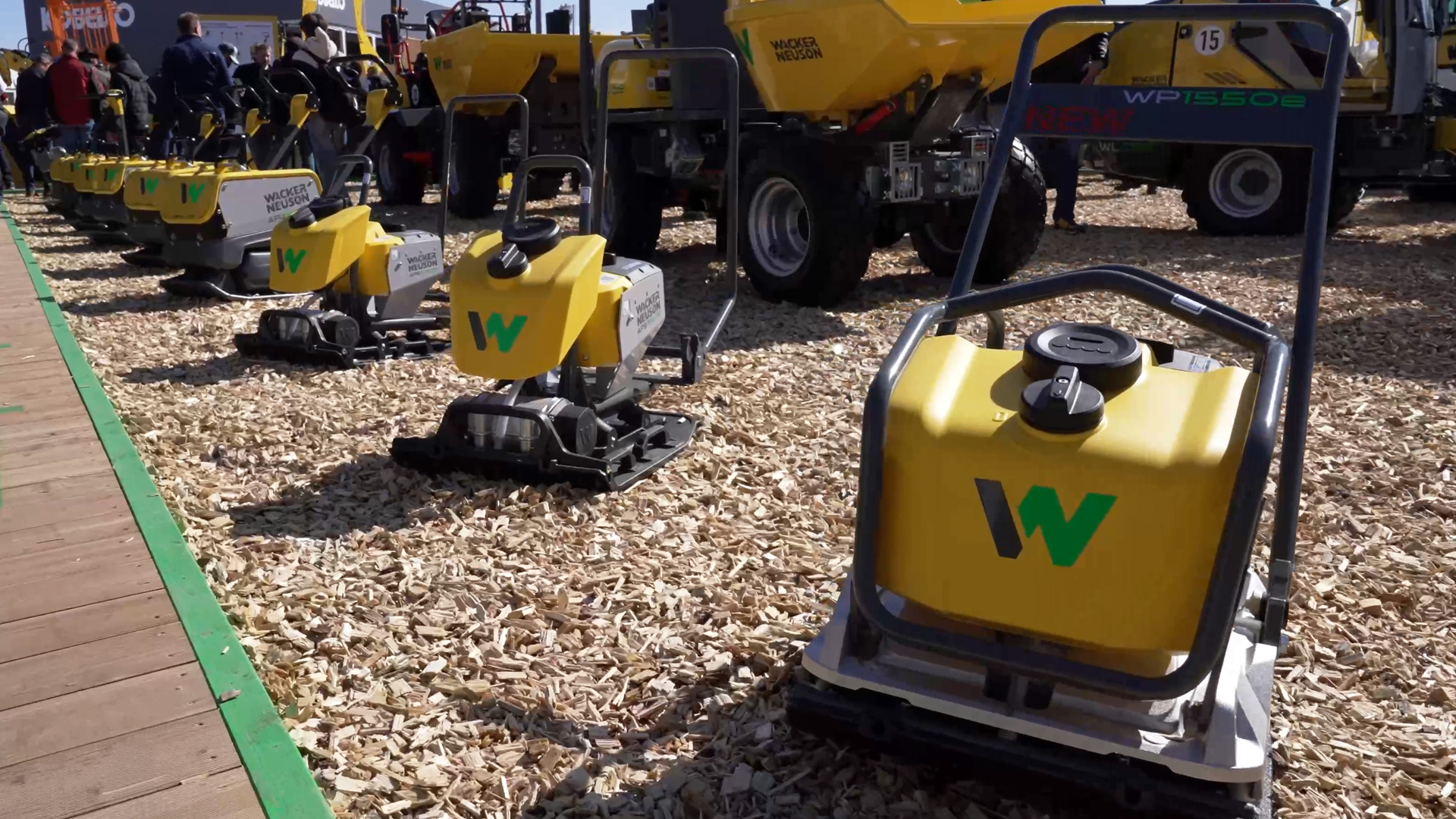
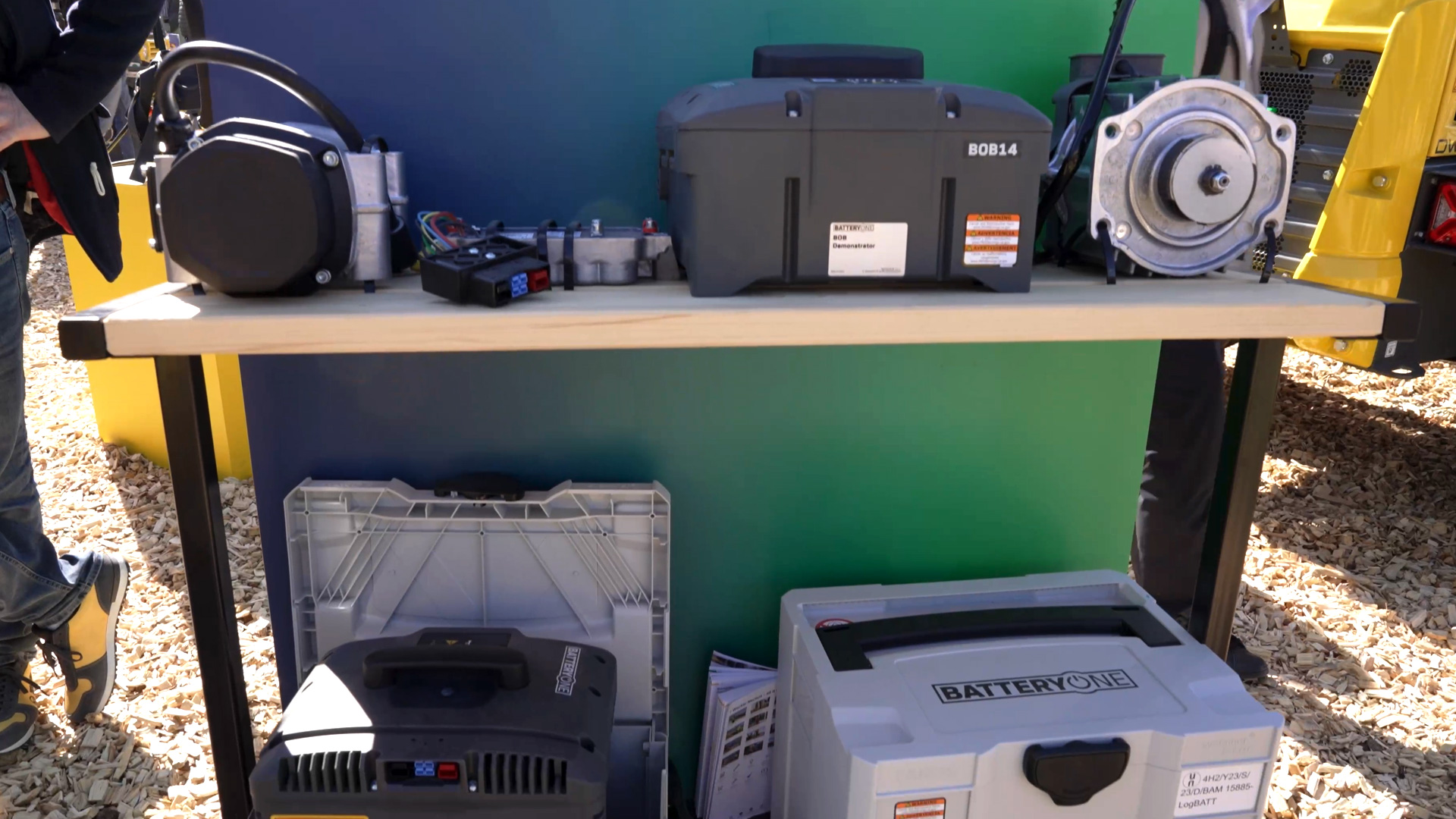
What began with individual electrically powered machines is now a product line in its own right. Wacker Neuson's e-portfolio now includes up to 35 different machines - from vibratory plates and rammers to concrete trowels, wheel loaders and excavators. A special feature: Many of these devices are equipped with the Battery One system - a battery replacement standard that works across all manufacturers and greatly simplifies the power supply on the construction site.
20 of the electric Wacker Neuson machines are compatible with Battery One. In total, there are over 50 solutions on the market that use this standard. The idea behind it: Ideally, users should only need one type of battery on the construction site. The battery can be recharged flexibly with two charger variants - a quick and a standard solution. The power supply is cleverly organized: The batteries are safely stored and easily transported in so-called sustainers, which brings order and safety to everyday construction site work.
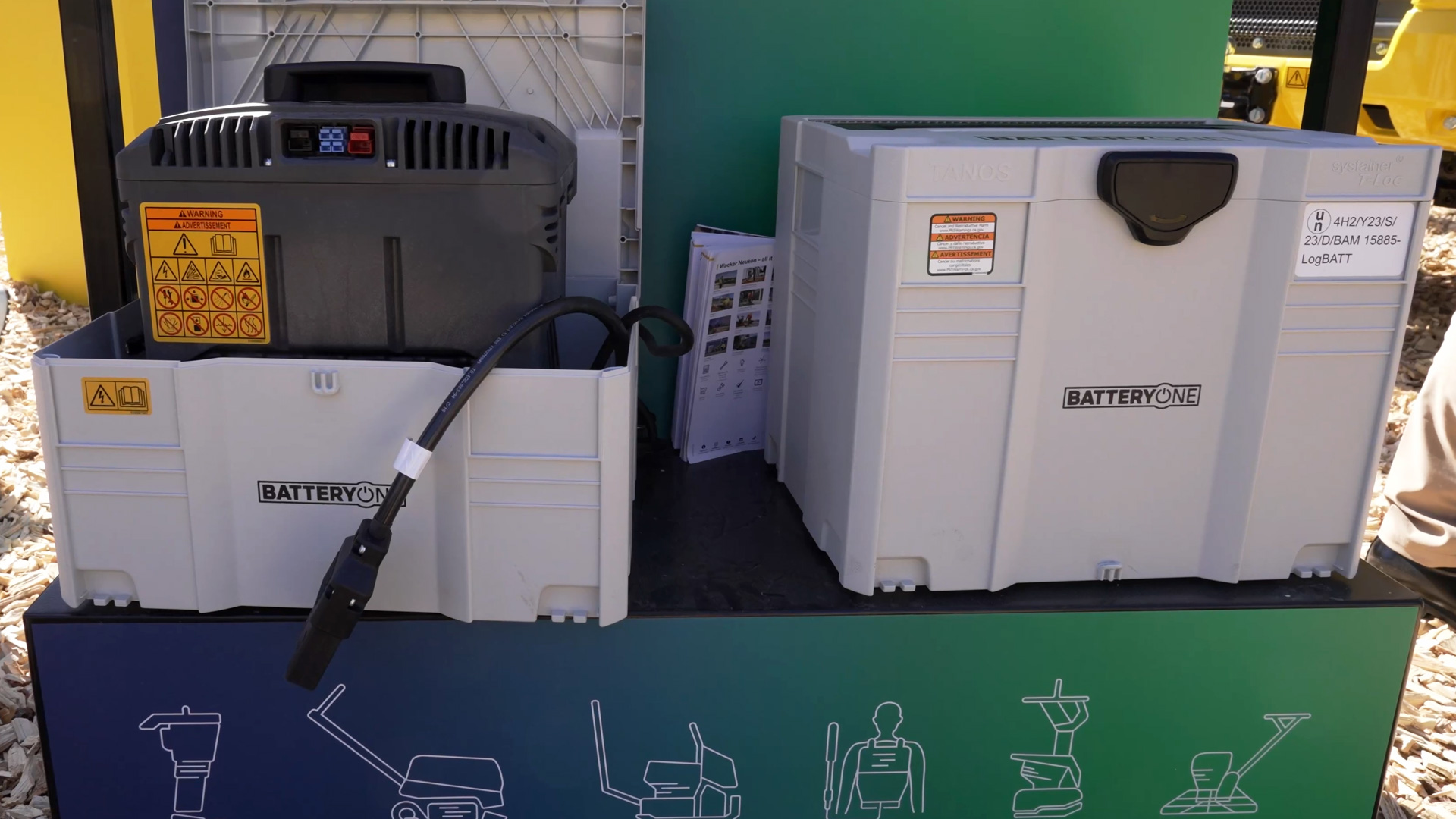
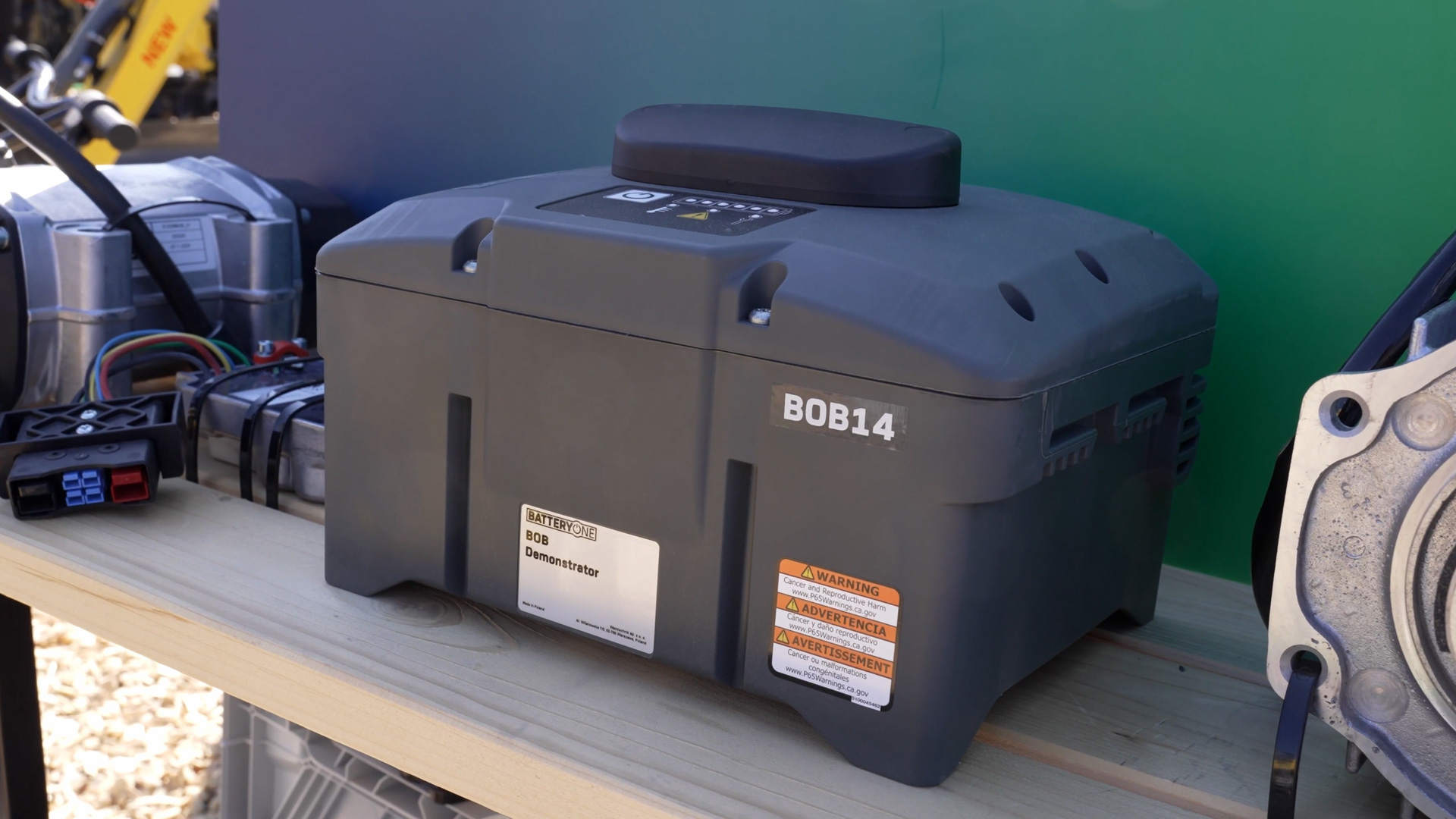
The machines are deliberately designed to be user-friendly. Many machines start at the touch of a button, making it easier for less experienced users to get started. One example of this is the electric rammer - the traditional Wacker product, now in its third generation as an electric version. These machines are characterized not only by their simple operation, but also by their reliable performance. The technology is mature and designed for continuous use.
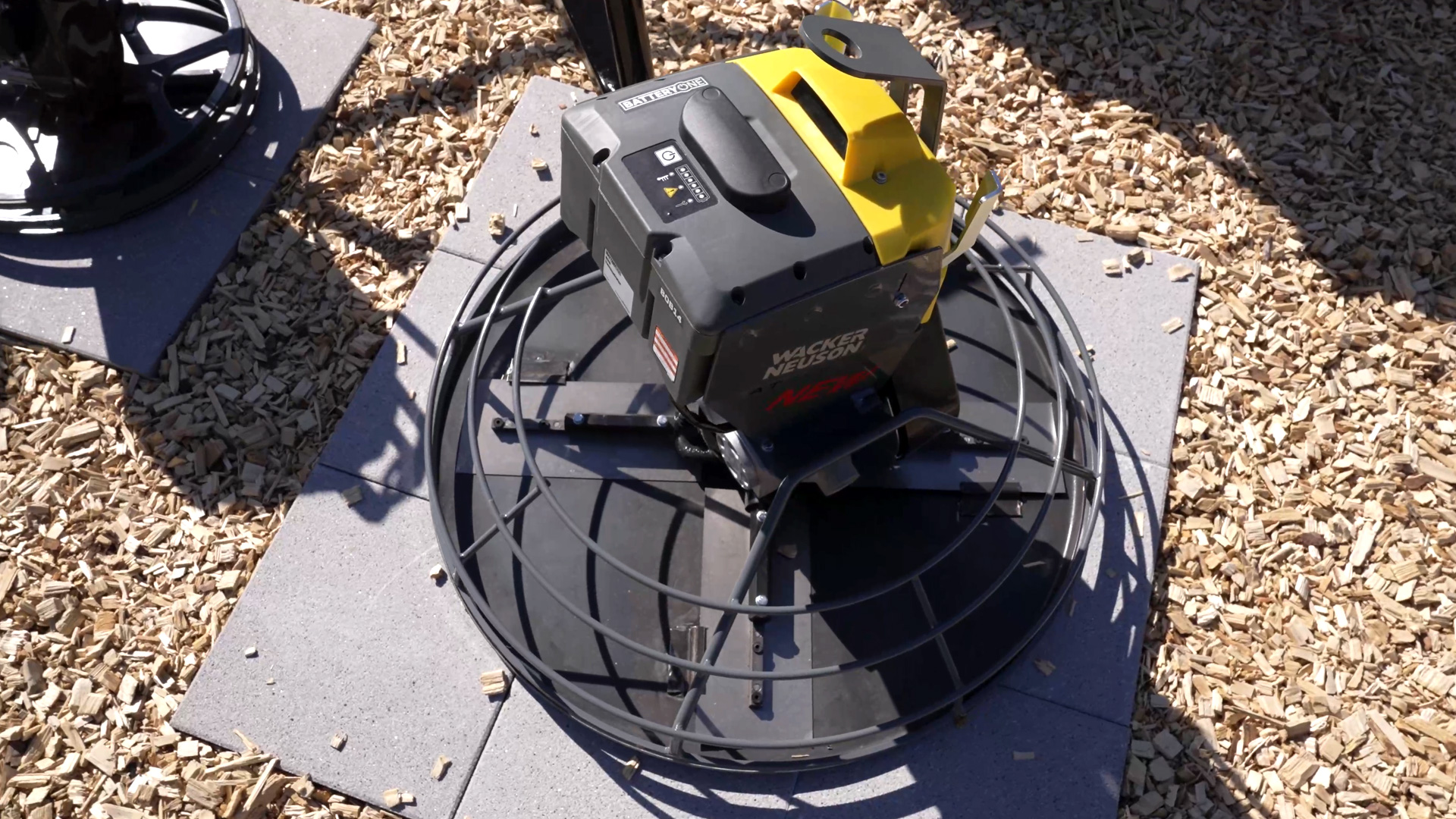
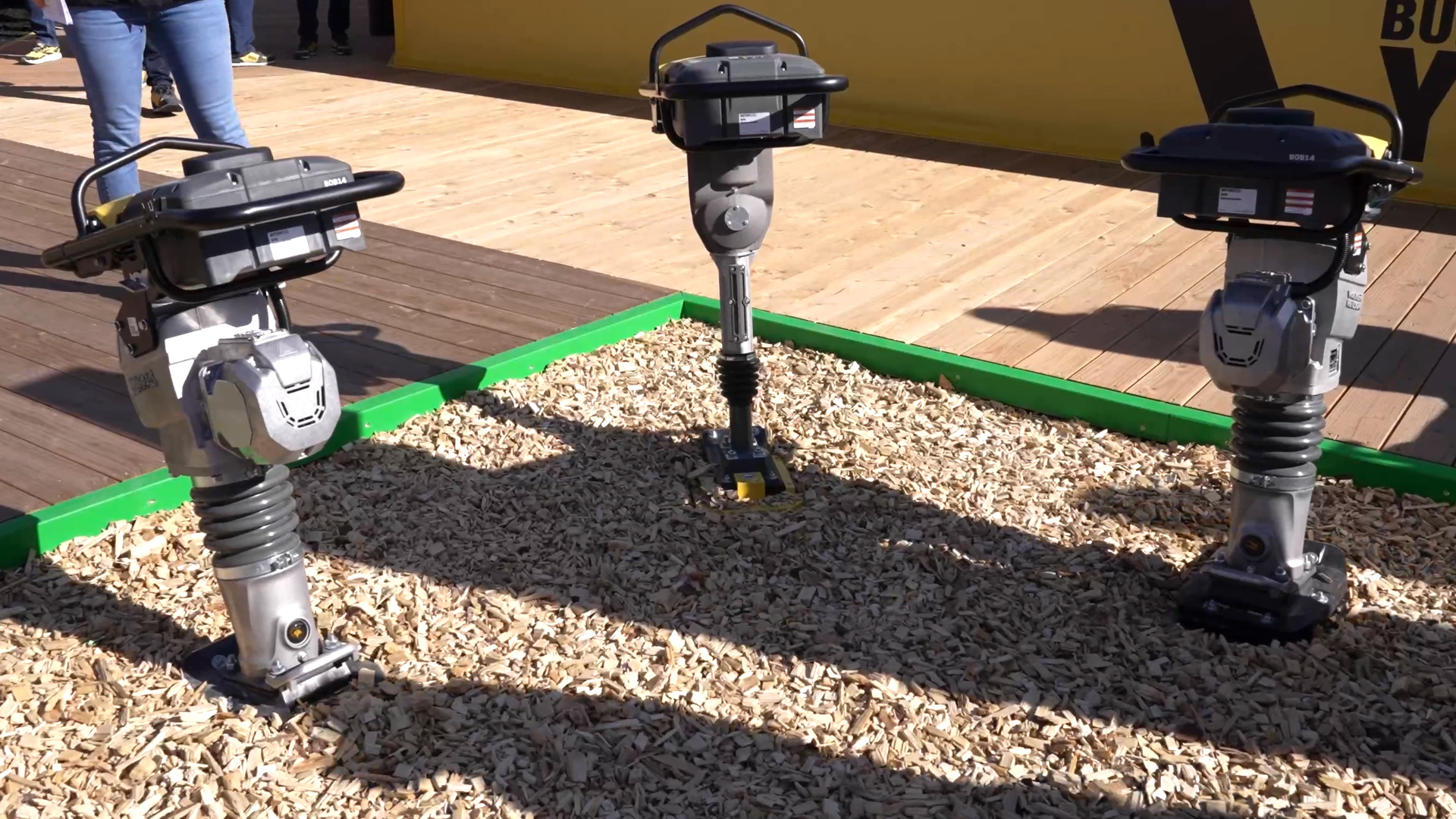
A key argument in favor of electric machines is the health aspect. The devices operate locally emission-free - a major advantage when working in closed or poorly ventilated areas such as trenches or indoors. Users benefit from clean air and a much quieter environment. This creates a much better working atmosphere, especially in inner-city areas or during indoor demolition.
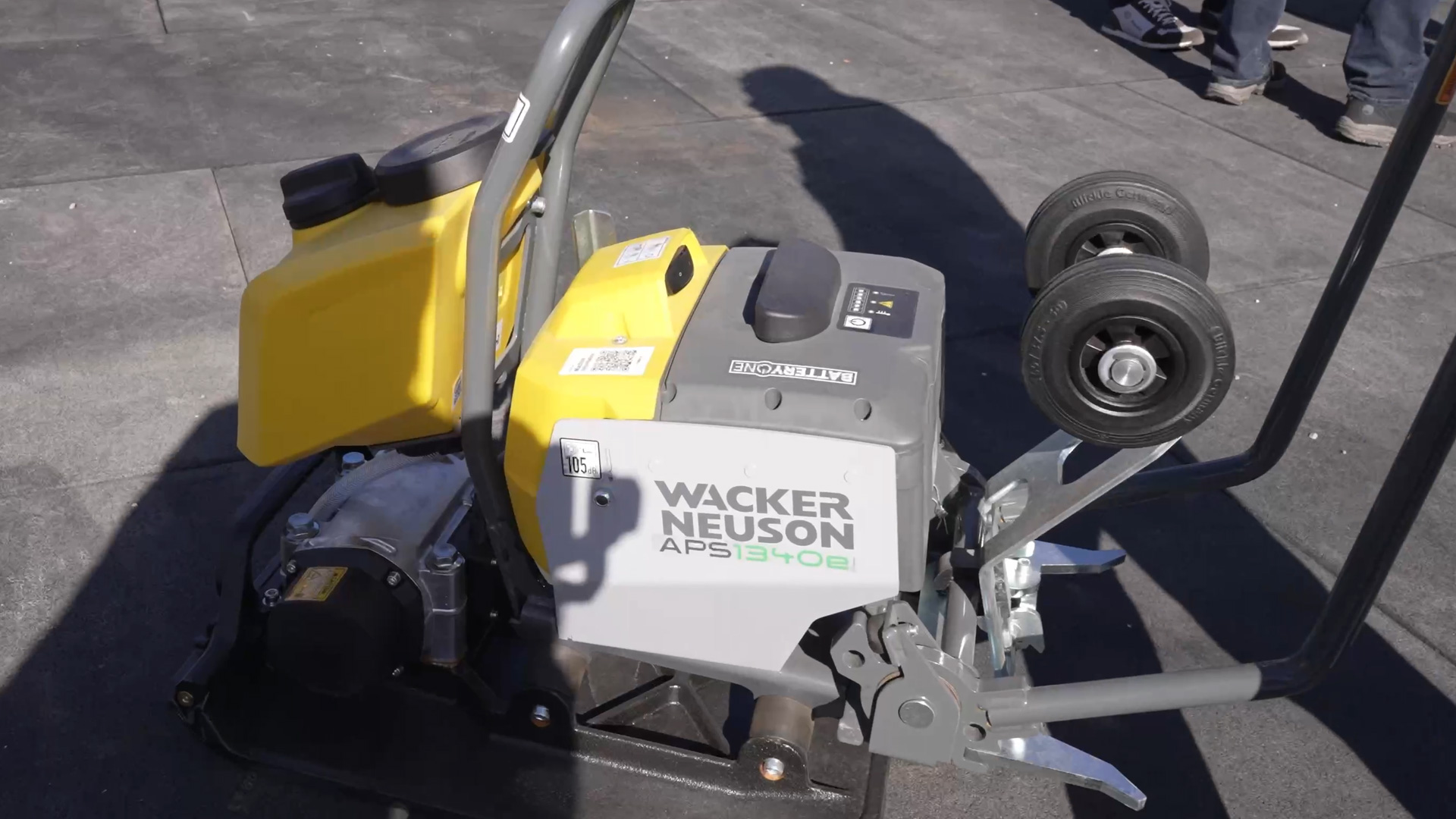
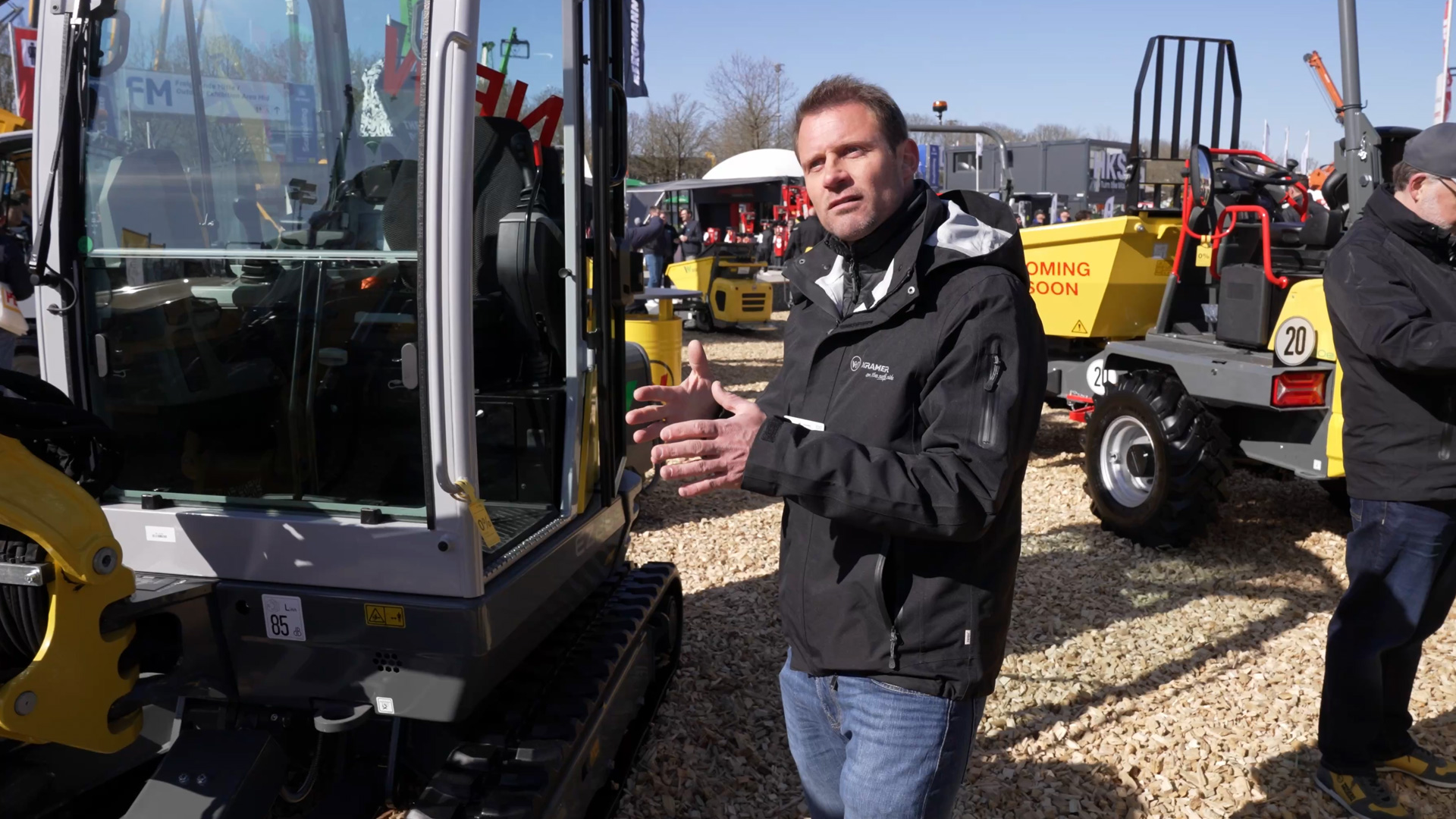
The electric excavators from Wacker Neuson demonstrate the consistent further development of this equipment class. What began with a single 1.7-tonne model is now a small family of three machines: from the compact 1-tonner to the original model and the new 2.6-tonne class. The decisive factor here is the practical benefit - for example through comfortable cabs that enable effective work even at low temperatures. This feature is in particularly high demand from customers who need to be able to work regardless of the weather.
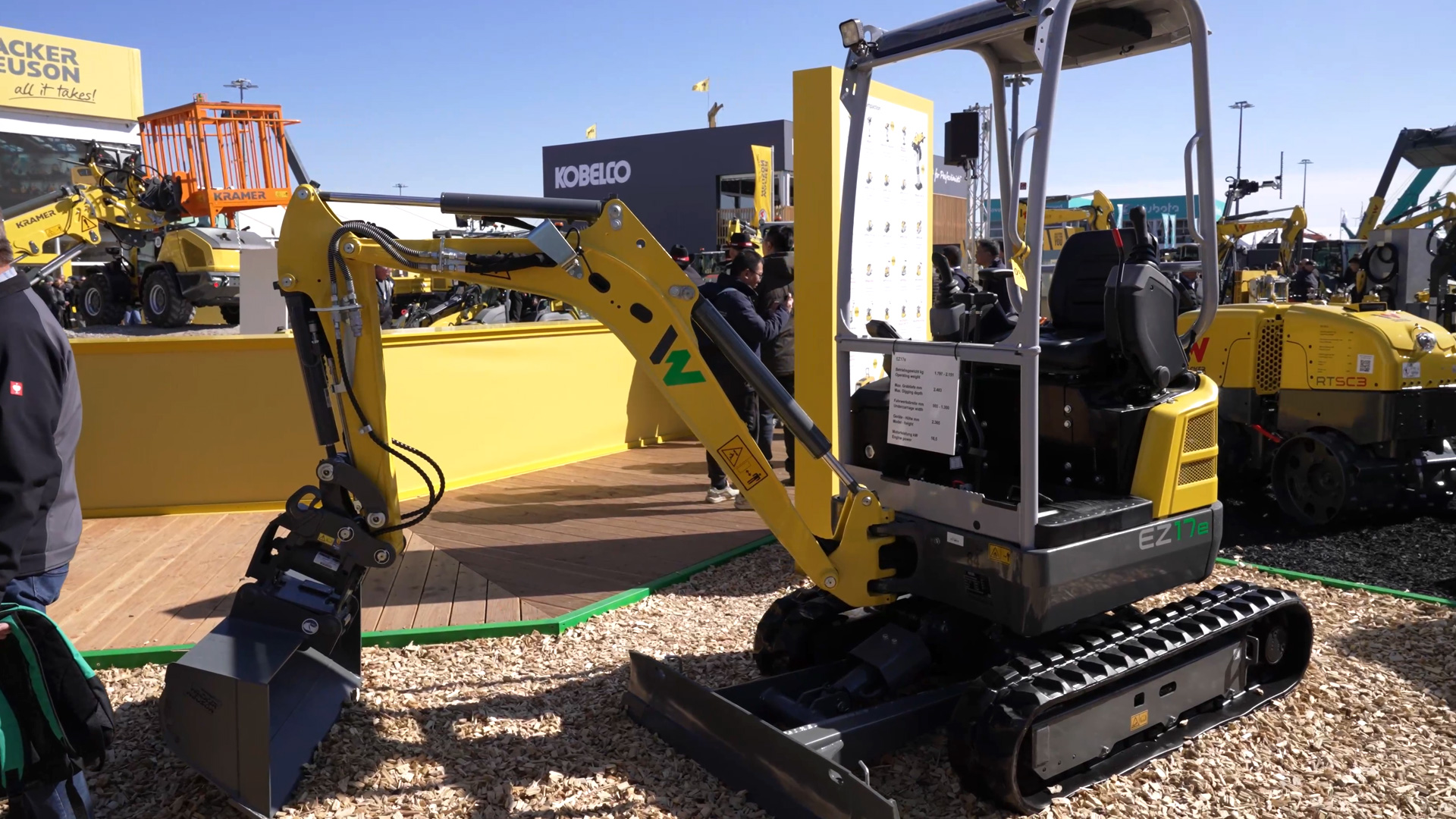
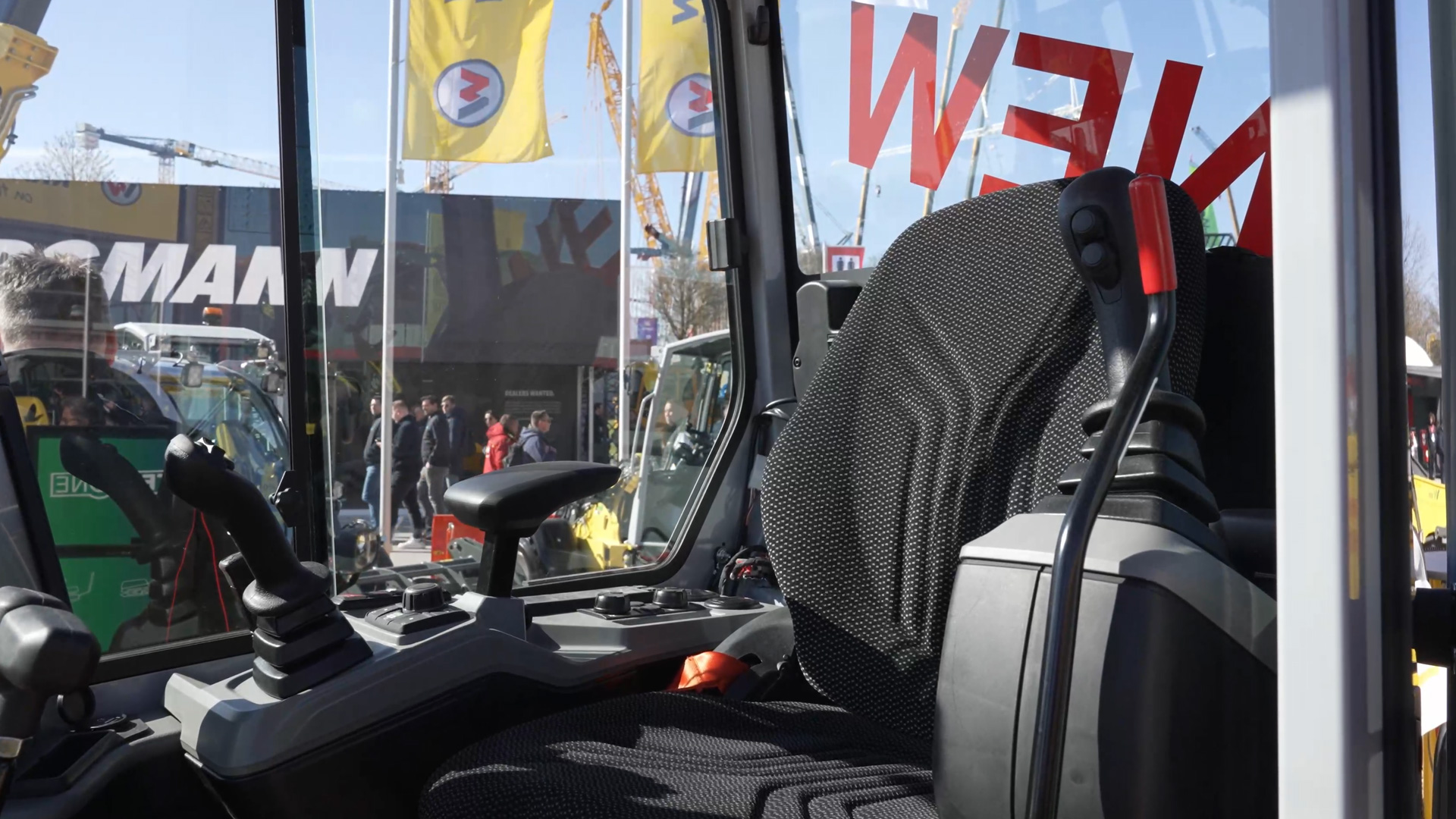
Wacker Neuson now also offers several emission-free solutions for wheel loaders. Different weight classes and performance levels enable targeted use depending on requirements - whether on tight inner-city construction sites, in gardening and landscaping or in industry. Thanks to the wide range of electric machines, a complete construction process can now be carried out emission-free.
The variety of applications requires a finely graduated machine portfolio. Different weight classes, applications and user requirements make a broad selection necessary. This is why Wacker Neuson deliberately focuses on modularity and a wide range of variants for its electric machines. There is a suitable solution for almost every application - from internal demolition to soil compaction and material logistics.
The product strategy focuses not only on environmental considerations, but also on the concrete improvement of work processes. The Battery One system considerably simplifies logistics and energy supply on the construction site. At the same time, the emission-free, quiet machines help to meet legal requirements and create acceptance in sensitive areas such as inner city locations. Electromobility is thus becoming a real competitive factor in the construction industry.